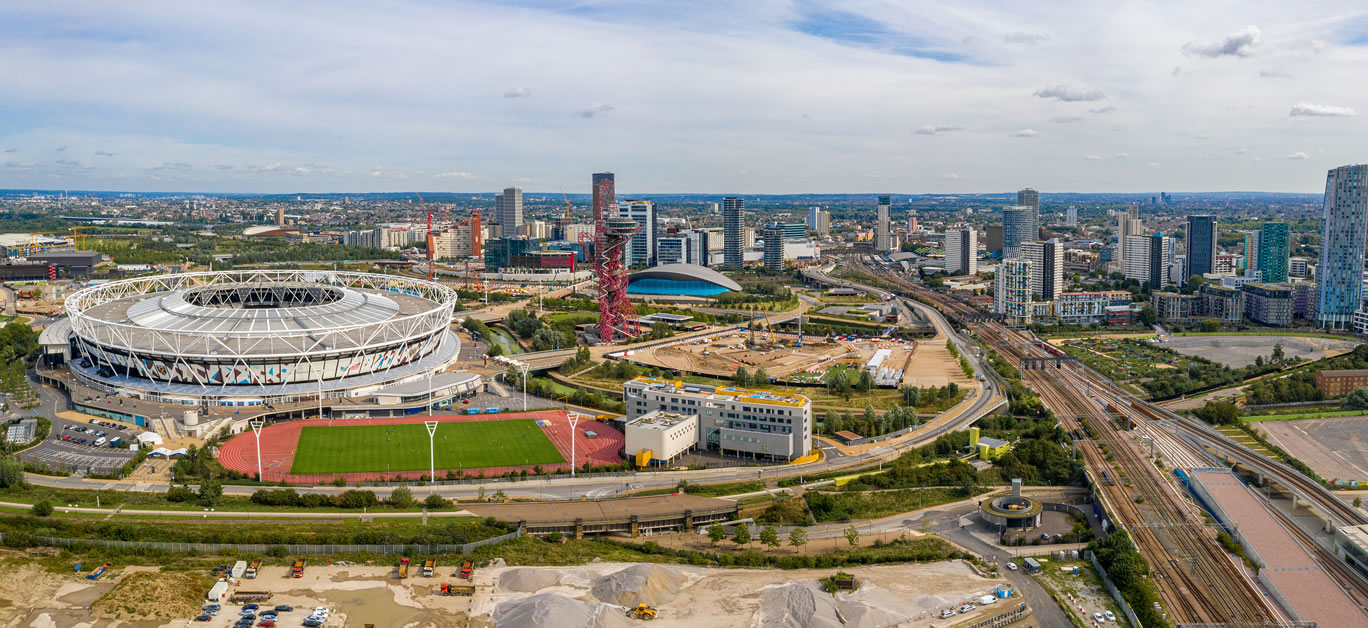Though not traditionally seen as a place for high-end lifestyles, east London is fast becoming one of the most attractive areas in the world for luxury living. It is being transformed by government and private investment into a cultural, financial and political centre.
This is being reflected in the types of people moving to east London boroughs such as Hackney, Newham, Tower Hamlets and Waltham Forest. Research from credit reporting company Experian found that a third of those looking to rent in these places can be classified as ‘City Prosperity’ – people under the age of 35 who have demanding and high paid jobs in the City, and want to live in high-end properties.
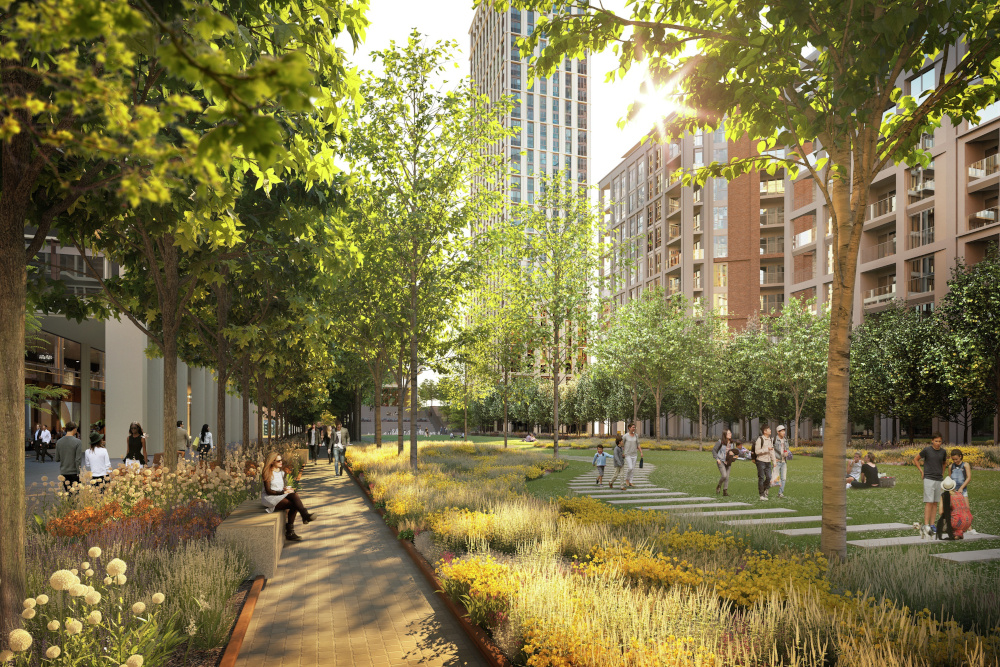
The engine room of this growth, along with the influx of new transport links and cultural destinations, are developments such as Berkeley’s TwelveTrees Park. Not only do these new places provide a range of luxury homes – such as the newly-launched penthouses at TwelveTrees Park, which feature dramatic views across The City and Canary Wharf, stylish interiors with a high-quality specification – they create commercial opportunities for the local community and provide public green areas, vital for people’s physical and mental health.
Intrigued and want to find out more? Well, we’ve pulled together some of the main reasons why we think east London is a place where you can thrive.
Local connections, transport links
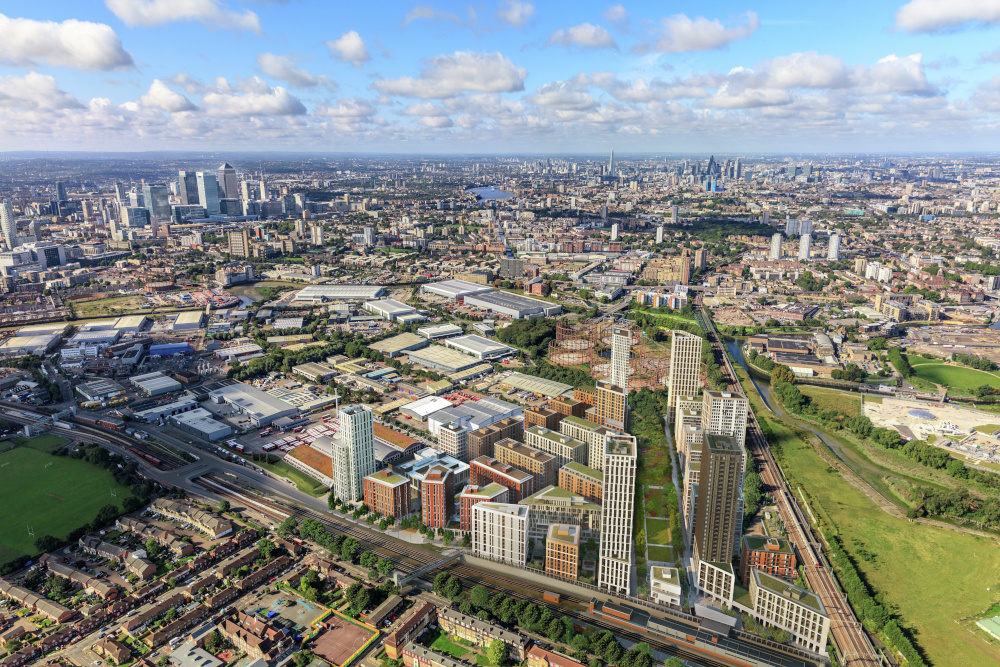
During the pandemic, many of us connected with our communities, worked at home, shopped at local stores and formed closer ties with our neighbours. However, in a modern metropolis like London, this needs to be combined with easy transport links that allow for quick travel across the city – especially as many of us return to the office once more – and these are fast improving in the east of the capital.
Boroughs such as Newham are soon to benefit from the launch of the Elizabeth Line (Crossrail), which will provide efficient routes to West London and supplement the already impressive underground links in the region. West Ham station, for instance, already accommodates the Hammersmith and City, District and Jubilee lines as well as National Rail trains and the DLR. With greater numbers of people moving to the area, the actual stations need to adapt as well, something housebuilders such as Berkeley are helping with – as part of its TwelveTrees Park development, it is creating a brand-new entrance for West Ham Station.
Nor should people feel confined to using the train. The Thames Clipper, which has a station in Newham at the Royal Wharf Pier, offers a stylish form of travel along the river all the way to Putney. And with travel restrictions gradually beginning to ease, residents of east London will have the world at their fingertips – London City Airport is nearby, and the Elizabeth Line will provide a direct train link to Heathrow.
A centre for business and politics
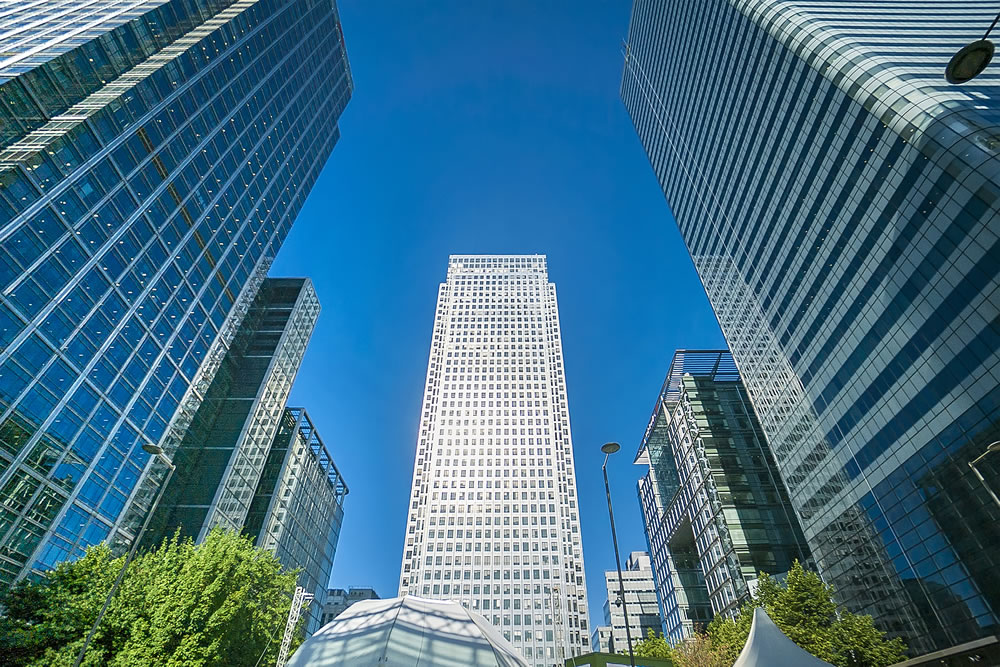
East London has already become an established hot spot for international business, with Canary Wharf a major financial hub. However, more recently the area has welcomed a number of technology businesses including Facebook, Google and McKinsey and Company – based in close proximity to one another in an area known as the East London Tech City.
This is a trend that seems set to continue, as Savills predicts there will be 12 per cent more jobs in the Newham borough in 2030 than in 2018. Partially these will be supplied by new business centres such as the Asia Business Park at the Royal Docks – marketed as London’s third financial district – and Here East, which is in the Queen Elizabeth Olympic Park and set to be used as a university campus.
And if this isn’t enough to convince you of east London’s credentials, it’s also going to become the political capital of the city as the Greater London Authority moves to the Crystal building in Newham. Clearly then, if you want to be in the thick of things, east London is the place to be.
The Olympic legacy and new cultural venues
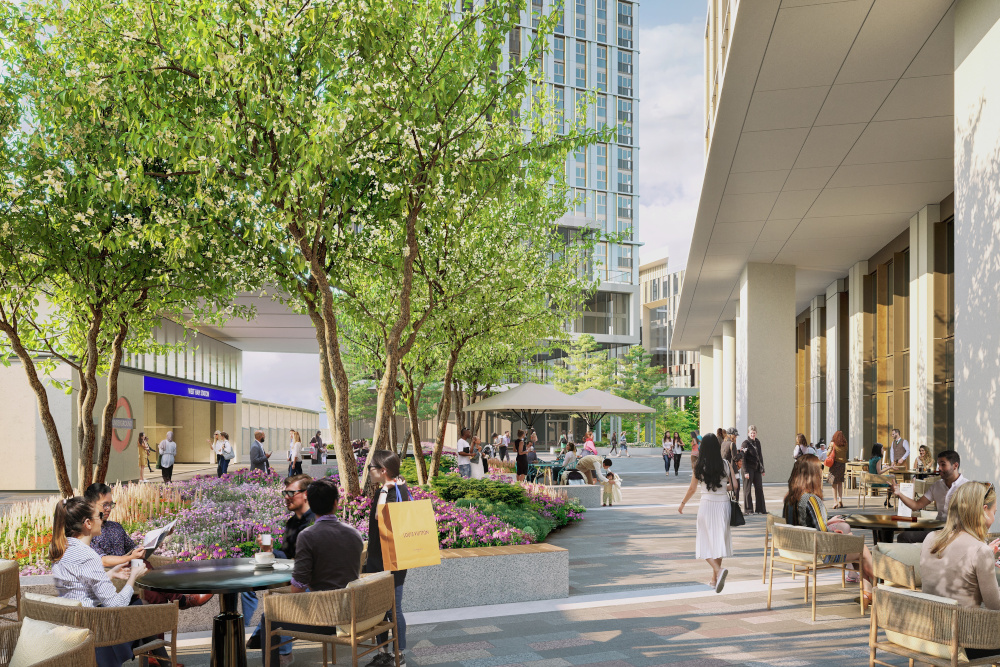
We all loved the 2012 Olympics – watching in awe at Mo Farah, Jessica Ennis and the other athletes – but nowhere was more connected to it than east London, where the legacy of that golden time is still very tangible. The Queen Elizabeth Olympic Park has become an exceptional public sports and leisure facility, and the stadium is now the home of the Hammers (West Ham United Football Club). The area’s association with sport has blossomed post 2012 and (whisper it!) there’s even talk of a new east London race being added to the Formula One calendar.
You won’t be missing any sporting action if you live in the east of the capital then – nor will you be short of culture either. Performance arts centre Sadler’s Wells is creating a new 550-seat theatre in the region, with the V&A building, a museum at Stratford Waterfront and the English National Ballet having opened a new base on London City Island.
For those who like to spend a weekend browsing the shops, Westfield Stratford City is one of the largest urban shopping and leisure destinations in Europe, filled with high-end brands such as Rolex, Armani and Hugo Boss. It will be supported by new commercial hubs, being delivered by developers throughout east London.
A place for living and investing
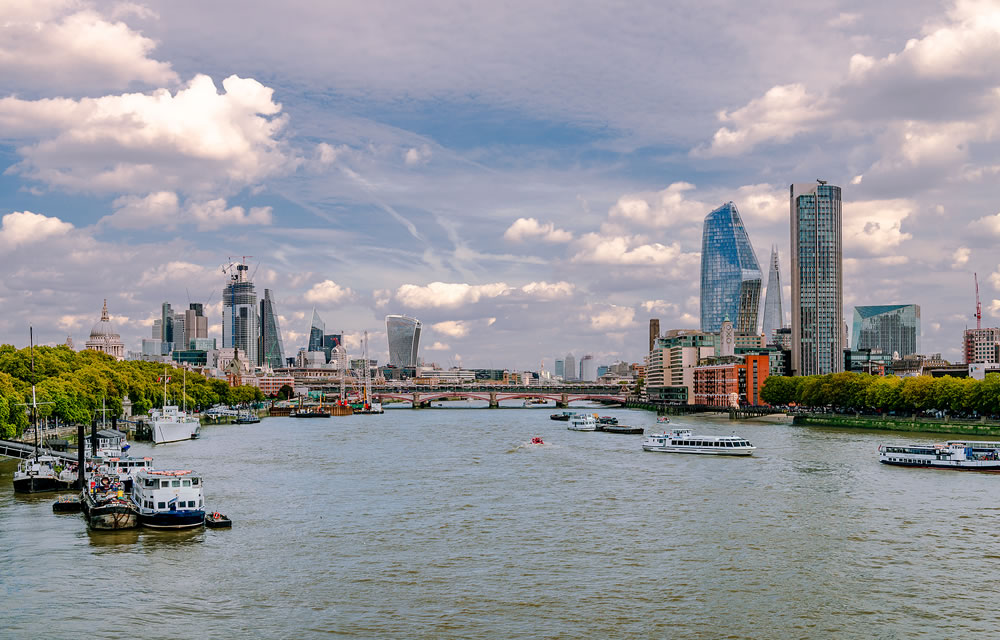
With jobs, culture and easy connections all over the city, east London is a great place for people who want stylish lifestyles, especially with luxury homes like the penthouses at TwelveTrees Park being delivered across the region. They offer great views across the city and have high-class interiors to match.
However, it’s also true that the area is still improving and expanding, which is reflected in the region’s market potential; real estate agency JLL predicts a 15 per cent growth in house prices by 2024. Therefore, even if you don’t want to live in east London now, there’s still a reason to buy – and who knows, in the future you might even succumb to the ever-strengthening pull and move there yourself.












